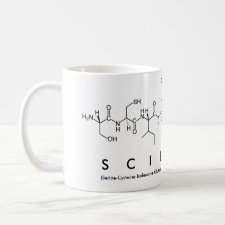
Authors: Pan JM, Wang B, Dai JD, Dai XH, Hang H, Ou HX, Yan YS
Article Title: Selective recognition of 2,4,5-trichlorophenol by temperature responsive and magnetic molecularly imprinted polymers based on halloysite nanotubes.
Publication date: 2012
Journal: Journal of Materials Chemistry
Volume: 22
Issue: (8)
Page numbers: 3360-3369.
DOI: 10.1039/C1JM14825G
Abstract: Fe3O4/Halloysite nanotube magnetic composites (MHNTs) were firstly prepared via an effective polyol-medium solvothermal method, and then the surface of the MHNTs was endowed with reactive vinyl groups through modification with 3-(methacryloyloxy)propyl trimethoxysilane (MPS). Based on the MHNTs-MPS, temperature responsive and magnetic molecularly imprinted polymers (t-MMIPs) were further synthesized by adopting methacrylic acid (MAA) and N-isopropylacrylamide (NIPAM) as the functional monomer and temperature responsive monomer, respectively. The as-prepared t-MMIPs were characterized by FT-IR, TEM, TGA and VSM, which indicated that the t-MMIPs exhibit magnetic sensitivity (Ms = 2.026 emu g-1), magnetic stability (especially in the pH range of 4.0-8.0) and thermal stability and are composed of an imprinted layer. The molecular interaction between 2,4,5-trichlorophenol (TCP) and MAA was investigated by 1H-NMR spectroscopy and ultraviolet absorption spectroscopy, which suggest that hydrogen bonding may be largely responsible for the recognition mechanism. The t-MMIPs were then applied to selectively recognise and release TCP molecules at 60 °C and 20 °C, respectively. The maximum amount of binding at 60 °C was 197.8 mg g-1 and 122.6 mg g-1 for t-MMIPs and temperature responsive and magnetic non-imprinted polymers (t-MNIPs), respectively. At 20 °C, about 32.3%-42.7% of TCP adsorbed by t-MMIPs was released, whereas 25.3%-39.9% of TCP was released by t-MNIPs. The selective recognition experiments demonstrated the high affinity and selectivity of t-MMIPs towards TCP over competitive phenolic compounds, and the specific recognition of binding sites may be based on the distinct size, structure and functional group to the template molecules
Template and target information: 2,4,5-trichlorophenol



Join the Society for Molecular Imprinting

New items RSS feed
Sign-up for e-mail updates:
Choose between receiving an occasional newsletter or more frequent e-mail alerts.
Click here to go to the sign-up page.
Is your name elemental or peptidic? Enter your name and find out by clicking either of the buttons below!
Other products you may like:
 MIPdatabase
MIPdatabase









